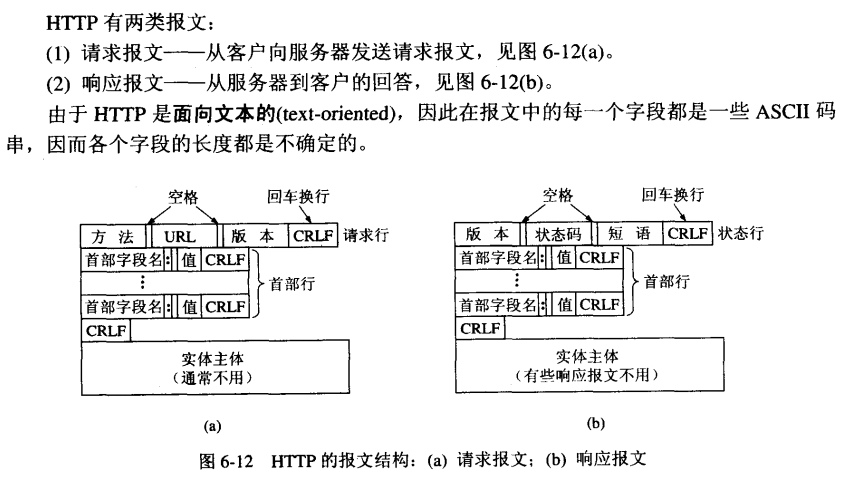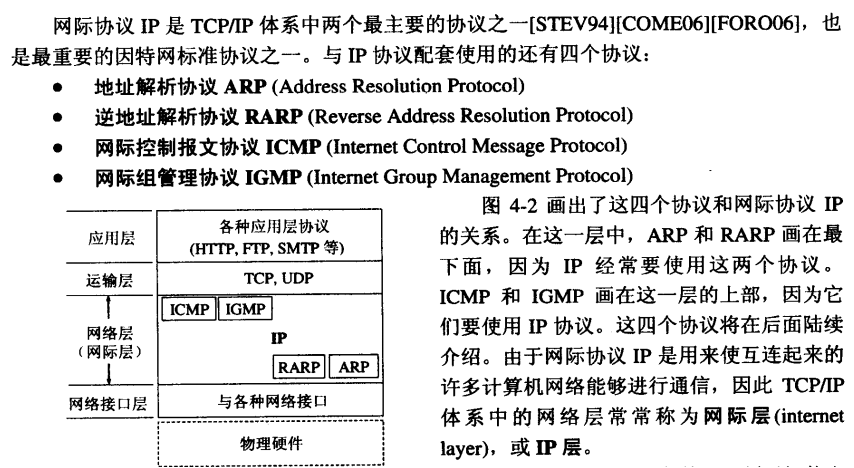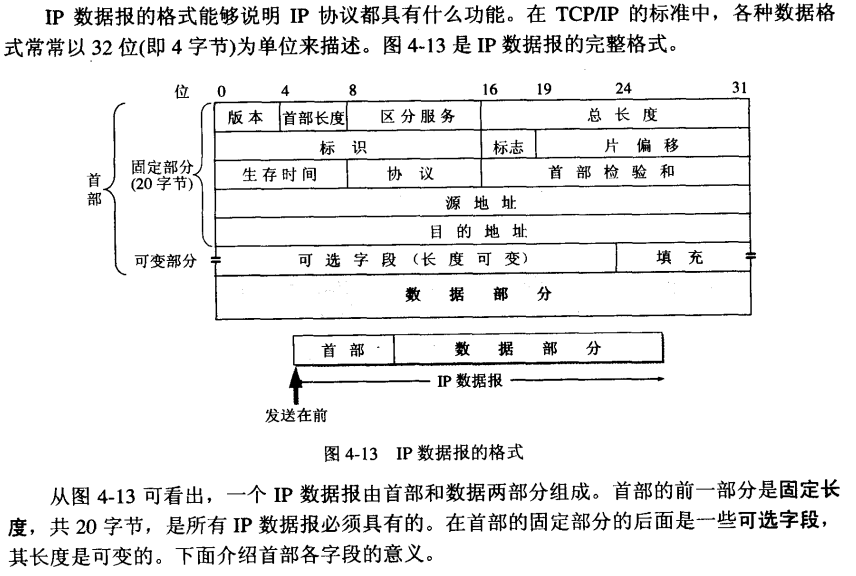1.體系結構簡介
計算機之間通訊分為很多種,有檔案通訊,web通訊等,需要一套協議體系來規定通訊的各種各樣的規則,以保證各種各樣的通訊
有條不行的進行.
OSI的七層協議概念清楚,但並不實用,而現實中TCP/IP協議採用四層,而我們學習的時候才用折中的的方法,採用五層的體系結
構 如下圖.

2.用wireshark擷取SNMP協議在各層的報文
1.應用層

2.運輸層

3.網路層
4.資料鏈路層

3.五層協議介紹
1.應用層
例子1 應用層HTTP協議
實驗1.用telnet模擬http請求
實驗2.用socket模擬http請求

using System; using System.Collections.Generic; using System.Text; using System.Net.Sockets; using System.Net; namespace SocketTest { class Program { private static Socket ConnectSocket(string server, int port) { Socket s = null; IPHostEntry hostEntry = null; // Get host related information. hostEntry = Dns.GetHostEntry(server); // Loop through the AddressList to obtain the supported AddressFamily. This is to avoid // an exception that occurs when the host IP Address is not compatible with the address family // (typical in the IPv6 case). foreach (IPAddress address in hostEntry.AddressList) { IPEndPoint ipe = new IPEndPoint(address, port); Socket tempSocket = new Socket(ipe.AddressFamily, SocketType.Stream, ProtocolType.Tcp); tempSocket.Connect(ipe); if (tempSocket.Connected) { s = tempSocket; break; } else { continue; } } return s; } // This method requests the home page content for the specified server. private static string SocketSendReceive(string server, int port) { string request = "GET /btim3.0sp1/login.aspx HTTP/1.1\r\nHost: " + server + "\r\nConnection: Close\r\nAccept-Language:zh-cn\r\nAccept-Charset:utf-8\r\nAccept-Charset:iso-8859-1,gb2312\r\n\r\n"; Byte[] bytesSent = Encoding.ASCII.GetBytes(request); Byte[] bytesReceived = new Byte[256]; // Create a socket connection with the specified server and port. Socket s = ConnectSocket(server, port); if (s == null) return ("Connection failed"); // Send request to the server. s.Send(bytesSent, bytesSent.Length, 0); // Receive the server home page content. int bytes = 0; string page = "Default HTML page on " + server + ":\r\n"; // The following will block until te page is transmitted. do { bytes = s.Receive(bytesReceived, bytesReceived.Length, 0); page = page + Encoding.ASCII.GetString(bytesReceived, 0, bytes); } while (bytes > 0); return page; } public static void Main(string[] args) { string host; int port = 88; if (args.Length == 0) // If no server name is passed as argument to this program, // use the current host name as the default. host = Dns.GetHostName(); else host = args[0]; string result = SocketSendReceive(host, port); Console.WriteLine(result); Console.Read(); } } }
2.運輸層
當運輸層從IP層收到UDP資料包時,就根據首部中的目的埠,把UDP資料包通過相應的埠,
上交最後的終點--應用程式
3.IP層
網路層體系結構如下:
IP資料包格式:
4.資料鏈路層
資料鏈路層報文格式:
5.物理層
備註:本文的圖片全部來自與謝希仁的<<網路原理>>,在此感謝,另只是學習交流用。















